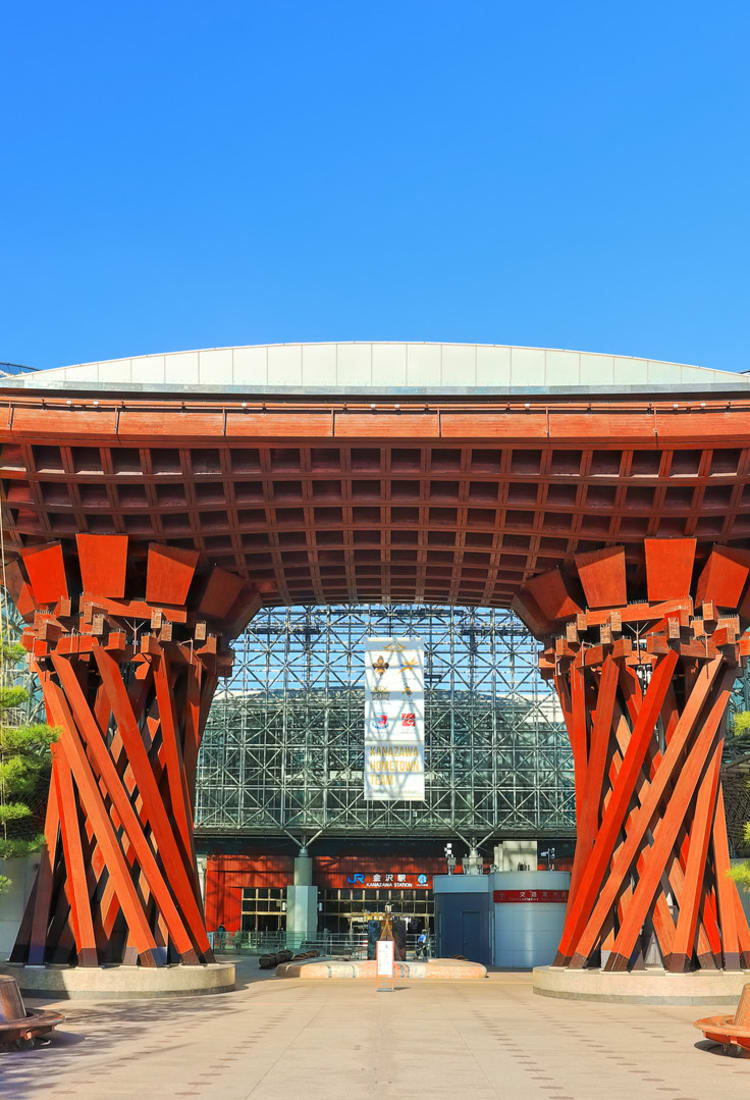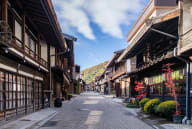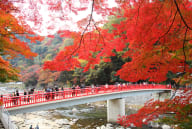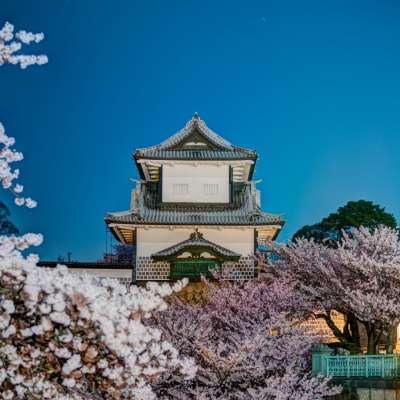
Ishikawa A gourmet journey through time and taste
A Culinary Journey in Ishikawa
Ishikawa Prefecture, located on Japan's scenic Hokuriku coast, is a region where tradition and nature converge to create a unique culinary experience. Bordered by the Sea of Japan and the rugged peaks of the Hakusan Mountains, Ishikawa enjoys a diverse climate that fosters an abundant array of agricultural and marine products.
Renowned for its pristine seafood, Ishikawa's coastal waters are teeming with delicacies such as Kanburi (winter yellowtail) and Nodoguro (blackthroat seaperch), celebrated for their rich flavours and texture. The region's crabs, particularly the coveted Kano crab, are a seasonal highlight, drawing seafood lovers from across Japan and around the world.
Ishikawa's fertile plains yield some of Japan's finest rice, with the Kaga and Noto areas producing premium varieties used in the local cuisine and sake brewing. The prefecture is also famous for its artisanal Kaga vegetables, which add vibrant colours and flavours to traditional dishes.
From the fresh catch of the day to the expertly crafted sake, Ishikawa offers a gastronomic journey that reflects its rich cultural heritage and natural bounty.
Jibuni (Kanazawa-style simmered duck stew)

What it is (ingredients)
Jibuni is a traditional Kanazawa dish, featuring tender slices of duck simmered in a savoury broth. The key ingredients are duck meat, typically coated in a light layer of flour or starch to enhance its texture, and a rich dashi broth made from kombu (seaweed) and bonito flakes. The stew also incorporates vegetables like shiitake mushrooms, bamboo shoots, and Fu (wheat gluten), adding layers of flavour and texture. Soy sauce and mirin (sweet rice wine) season the broth, creating a harmonious blend of savoury and slightly sweet notes.
History/Origin
Jibuni has its origins in the Edo period (1603-1868) and is a staple of Kaga cuisine, which developed in the Kaga Domain (present-day Ishikawa Prefecture). This dish reflects the refined culinary traditions of Ishikawa and has remained a beloved dish through the centuries, embodying the elegance and sophistication of Ishikawa's gastronomic history and the rich gifts from nature.
Where to Eat
Jibuni can be enjoyed in traditional Japanese restaurants and Ryokan (Japanese inns) throughout Ishikawa Prefecture. These establishments take pride in preserving the authentic preparation methods and flavours of this historic dish, offering diners an opportunity to savour the culinary heritage of the region.
When to Eat
Jibuni is particularly welcome during the colder months when its warm, hearty broth and tender duck provide both nourishment and comfort. It is often served as part of a multi-course kaiseki meal, allowing diners to experience the full range of Kanazawa's culinary artistry.
Delight in the exquisite flavours of Jibuni and immerse yourself in the rich culinary traditions of Ishikawa, where every bite tells a story of history and nature's bounty.
Buri daikon (Simmered Yellowtail and Daikon)

What it is (ingredients)
Buri Daikon is a traditional dish from Ishikawa that brings together succulent yellowtail (Buri) and tender daikon radish in a harmonious simmered dish. Fresh slices of yellowtail, known for its rich, fatty flesh, become tender and flavourful when simmered. Thick slices of daikon radish absorb the flavours of the simmering broth and become wonderfully soft and juicy. The savoury broth is made from a base of dashi (a stock made from kombu seaweed and bonito flakes), soy sauce, mirin (sweet rice wine), sugar, and sake, providing a deep umami flavour with a subtle sweetness. Slices of ginger are often added to the broth, contributing a mild spiciness and balancing the richness of the yellowtail.
History/Origin
Yellowtail, abundant in the Sea of Japan, was once a luxury food item presented to feudal lords, said to be worth "one yellowtail, one bale of rice," and was rarely available to ordinary people. Today, yellowtail and daikon radish have become a symbol of comfort in home cooking, often prepared by families to warm up during the colder months.
Where to Eat
Buri Daikon can be enjoyed in traditional Japanese restaurants, especially those specializing in seafood, throughout Ishikawa prefecture. It is also a common dish served in Ryokan (Japanese inns) where guests can experience the authentic flavours of Ishikawa's culinary traditions.
When to Eat
Buri Daikon is best enjoyed in the winter months when yellowtail fattens up and daikon radishes are at their sweetest. The combination of yellowtail and daikon is not only delicious but also reflects the resourcefulness of local cuisine, utilizing seasonal ingredients to their fullest potential.
Indulge in the hearty and flavourful Buri Daikon, a dish that showcases the best of Ishikawa's seasonal bounty and culinary heritage.
Noto-don (Seafood bowl)

What it is (ingredients)
Noto-don is a delectable seafood bowl that hails from the Noto Peninsula in Ishikawa. This dish features an assortment of fresh seafood, typically including slices of raw fish like tuna, salmon, and yellowtail, along with shellfish such as scallops, shrimp, and crab. The seafood is artfully arranged on a bed of vinegared rice. Garnishes often include shiso leaves, a dollop of wasabi and other herbs or vegetables, enhancing the natural taste of the seafood. Soy sauce and sometimes an original sauce are provided for added flavour.
History/Origin
The Noto Peninsula, extending into the Sea of Japan, is renowned for its fertile fishing grounds and bountiful seafood. Noto-don, with a relatively short history, was crafted to showcase the fresh catches from the area, aimed at bolstering regional revitalization. It features rice and water sourced from the Oku-Noto area, alongside locally caught seasonal seafood, meats, and vegetables grown in Noto, or traditional preserved foods from the region. The chopsticks accompanying Noto-don can be taken home as a souvenir.
Where to Eat
Noto-don can be savoured in seafood restaurants, local markets, and specialty eateries throughout the Noto Peninsula and broader Ishikawa prefecture. Ryokan (Japanese inns) in the area also often serve Noto-don as part of their meal offerings.
When to Eat
Many restaurants serving Noto-don procure seasonal ingredients directly from the ports, ensuring it can be enjoyed year-round. The highlight is its seasonal seafood, offering variety with each visit. Ideal for a light lunch or a hearty dinner, every bite promises an authentic taste of the sea.
Experience the exquisite flavours of Noto-don and explore the culinary treasures of the Noto Peninsula in Ishikawa, where the bounty of the sea blends with the artistry of traditional Japanese cuisine.































































